Shortly after the turn of the millennium, I was caught up in the maelstrom of digital photography. Better sensors, more features every six months: Moore’s Law was killing me. I found myself in a bizarre universe, worthy of Ray Bradbury, who describes a cursed carousel in ‘Something wicked this way comes’. In the midst of more and Moore, I was missing a sense of simplicity.
A bizarrely expanding universe
Without realising it, I had jumped into this expanding and increasingly complicated digital camera world. For almost ten years, I burnt up a bunch of camera bodies. It seemed inevitable to me that these digital devices were becoming more and more bloated, more and more complicated and more and more disposable.
I learnt terms like digital rot and planned obsolescence, and came to despise more and more the perfidious tactics of the industry behind them. Why did they need to be so complicated? Why wasn’t simplicity on the brief for new cameras?
And as a consequence, my enjoyment of photography suffered the same fate as a blonde taking a shower with Norman Bates.

A time warp discovered
In 2009, I saw a Leica M9 pictured for the first time (I think it was on Luminous Landscape) and couldn’t believe it was a contemporary digital device. It fitted the common design concept of the Far Eastern competition, like a Jaguar E-Type fits a bucket-wheel excavator (the Leica being the Jag).
I was puzzled, and when I looked up the price (€5,495), I frowned and wondered how crazy you had to be to spend that on a camera (just the body).
Besides, the lenses had such funny names. How could you take that seriously? I had always been ‘SLR-socialised’ even in analogue times and had never cast an eye on rangefinder cameras.
A craving for simplicity and das Wesentliche
And yet, I was always drawn back to the curious camera. The more I read about it, the more I realised that it embodied something that I had unconsciously missed over the past ten years: simplicity. I got the M9 from the Leica Store Berlin. When I picked it up for the first time, it hit me like discovering the “Force”, barring the appearance of a greenish tinged Yoda pointing out: “Much to learn, you still have.”
I hadn’t held such a compact system, paired with high optical performance and manufacturing quality, in my hand since analogue times. And I preferred the M9 to a lightsabre, admittedly also an elegant weapon. An aperture ring, a speed dial, ISO: that was all I needed, not automatics and not endless features hidden in multiple menus and submenus. What could be simpler?
Rocket science is not required
The image quality of the 50mm Summicron from 1986 from Canada, which was my first lens, paired with the CCD sensor without AA filter, surpassed anything I had achieved even with (on paper) higher resolution cameras. Working with the rangefinder was not rocket science, and all together it gave my creativity an incredible boost. The limitation of the system was actually a liberation.
It was the proverbial beginning of a wonderful friendship that brought me back to analogue photography via the M9. I was fascinated by the sustainability that allowed me to use lenses from the thirties in front of the latest camera. Or the fact that a new shutter was available as a spare part for my Leica IIIf, which had become much too slow due to a brittle shutter cloth. However, for a camera from 1951, it was (and still is) like new.
Messsucherwelt expanded
With a newfound love of photography, I added a page to my private website that I called “Messsucherwelt” (Rangefinder-World) and wrote blog posts about everything related to the M system. Through Leica, I discovered something else: I liked writing and over time developed my own style, especially to make technical articles more interesting than reading a Canon Rebel manual.
The older homepage (until 2015) unfortunately went the way of the dodo because it was based on iWeb. Since then, the Messsucherwelt has been its own website, which has grown steadily over the years and is widely used in all German-speaking countries.
Its content to this day is private and independent, even from Leica. In early 2016, Mike (Evans) from Macfilos contacted me and from then on, we exchanged articles. I truly appreciate this collaboration!
A community that embraces simplicity
And that’s also what makes Leica so special for me: the community! Over the years, I’ve met an incredible number of nice, like-minded Leica enthusiasts through my work with the website. For the Messsucherwelt, co-authors such as Jörg-Peter Rau (his M-Files are an entity in their own right) and a few others have joined in, each contributing their own special expertise.
This is not about shouting Leica hurrahs. It is also allowed to question things critically, especially as Leica does not claim any dogma of infallibility. In the present, the company management always has an open ear for the community and listens to the wishes of the users. People like Stefan Daniel, Jesko von Oeynhausen and Peter Karbe are always accessible and approachable. And that is also unrivalled and something special at Leica.
Simplicity creates a slower approach
In my 15 years with Leica, I have followed the model generations of the M and Q, but the ‘carousel’ at Leica moves much more slowly and in a more relaxed way (and not cursed). You can move up and down as you wish and skip a model generation without regret.
Leica has enriched my life and in some ways simplified it: with high-quality tools, the opportunity to express my creativity, my many friendships, and the experience of belonging to a large community, what more could I want?
Make a donation to help with our running costs
Did you know that Macfilos is run by five photography enthusiasts based in the UK, USA and Europe? We cover all the substantial costs of running the site, and we do not carry advertising because it spoils readers’ enjoyment. Every amount, however small, will be appreciated, and we will write to acknowledge your generosity.

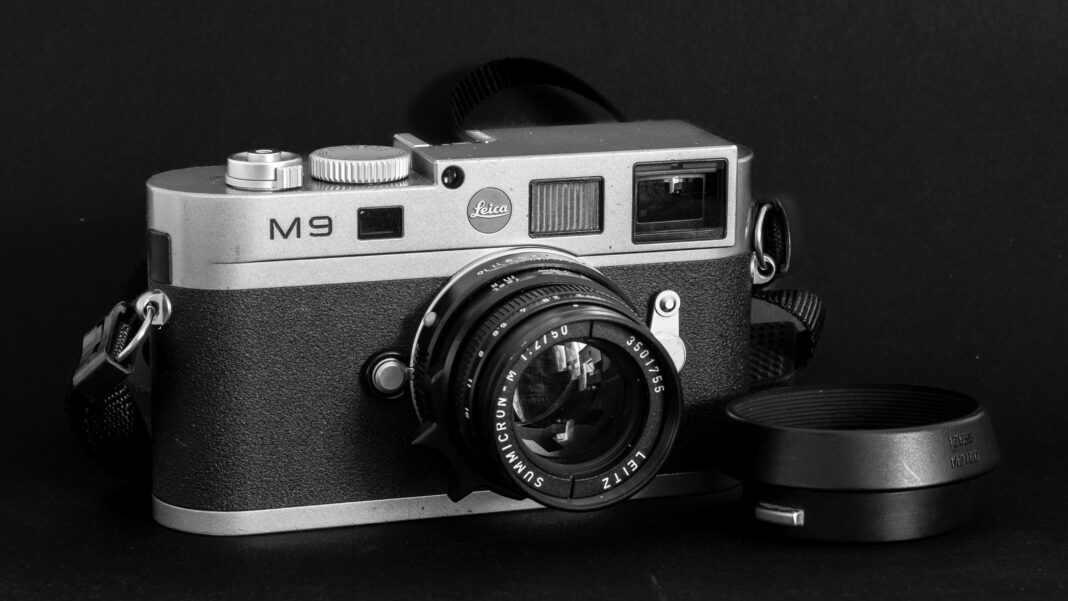

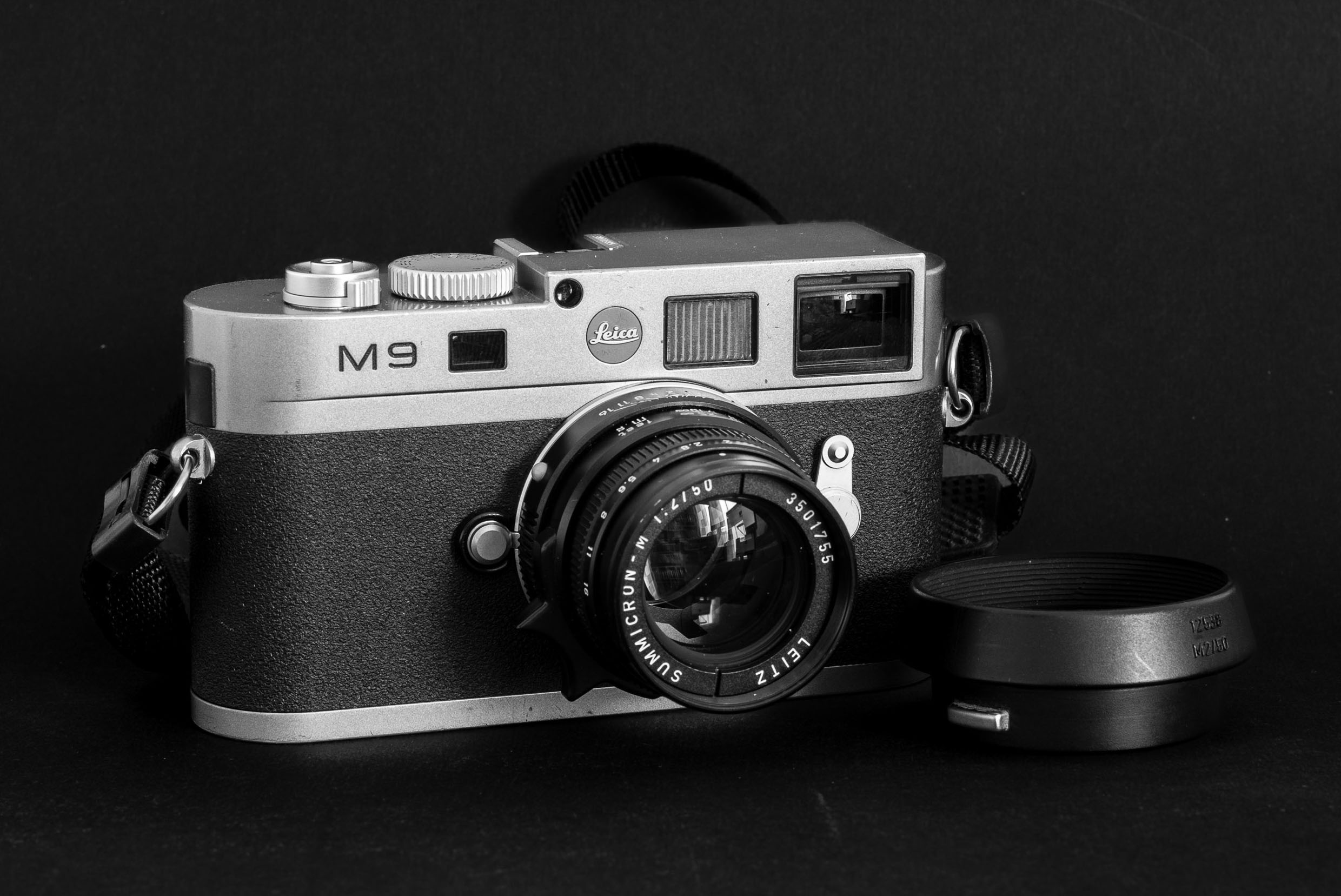
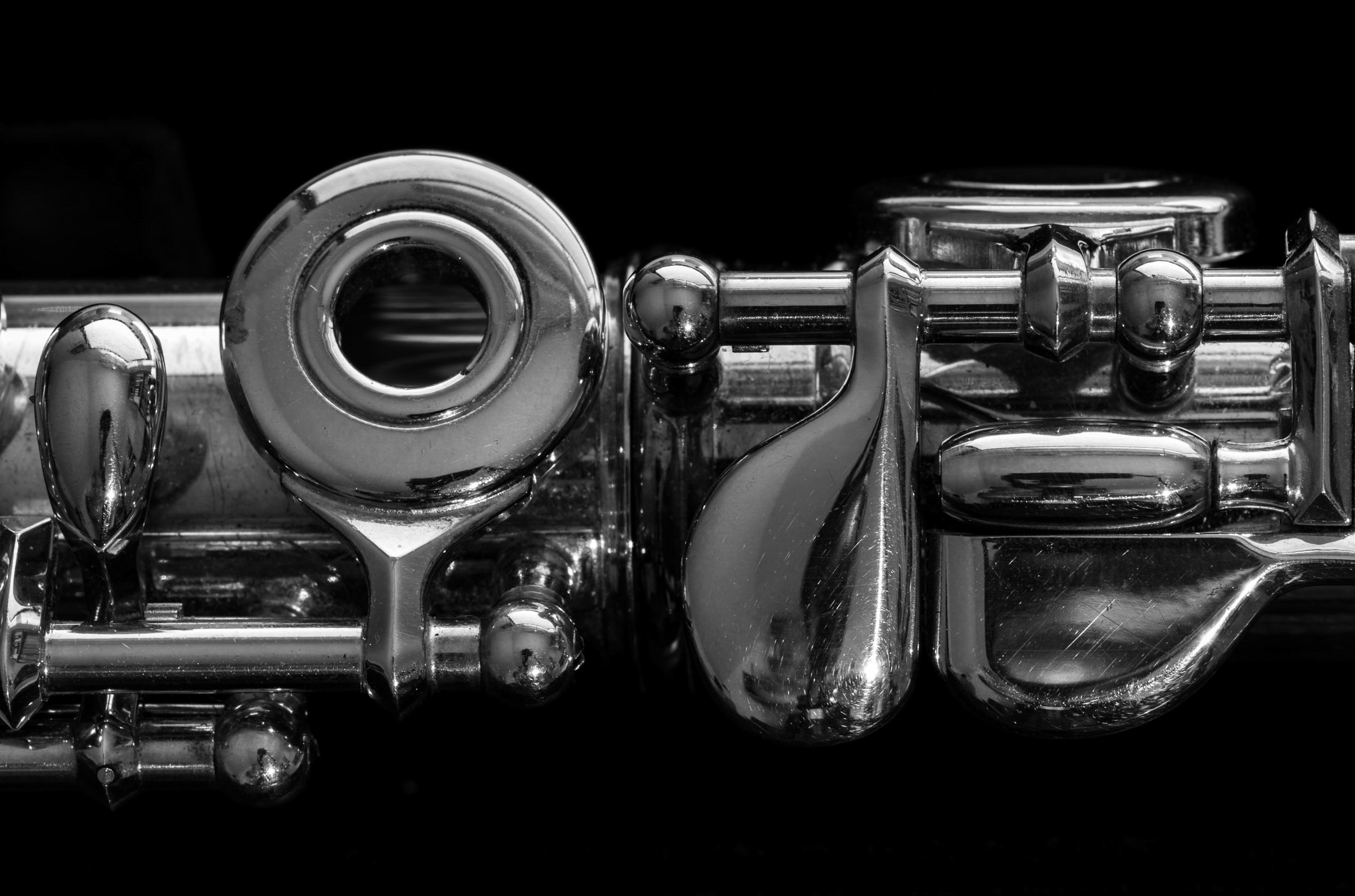
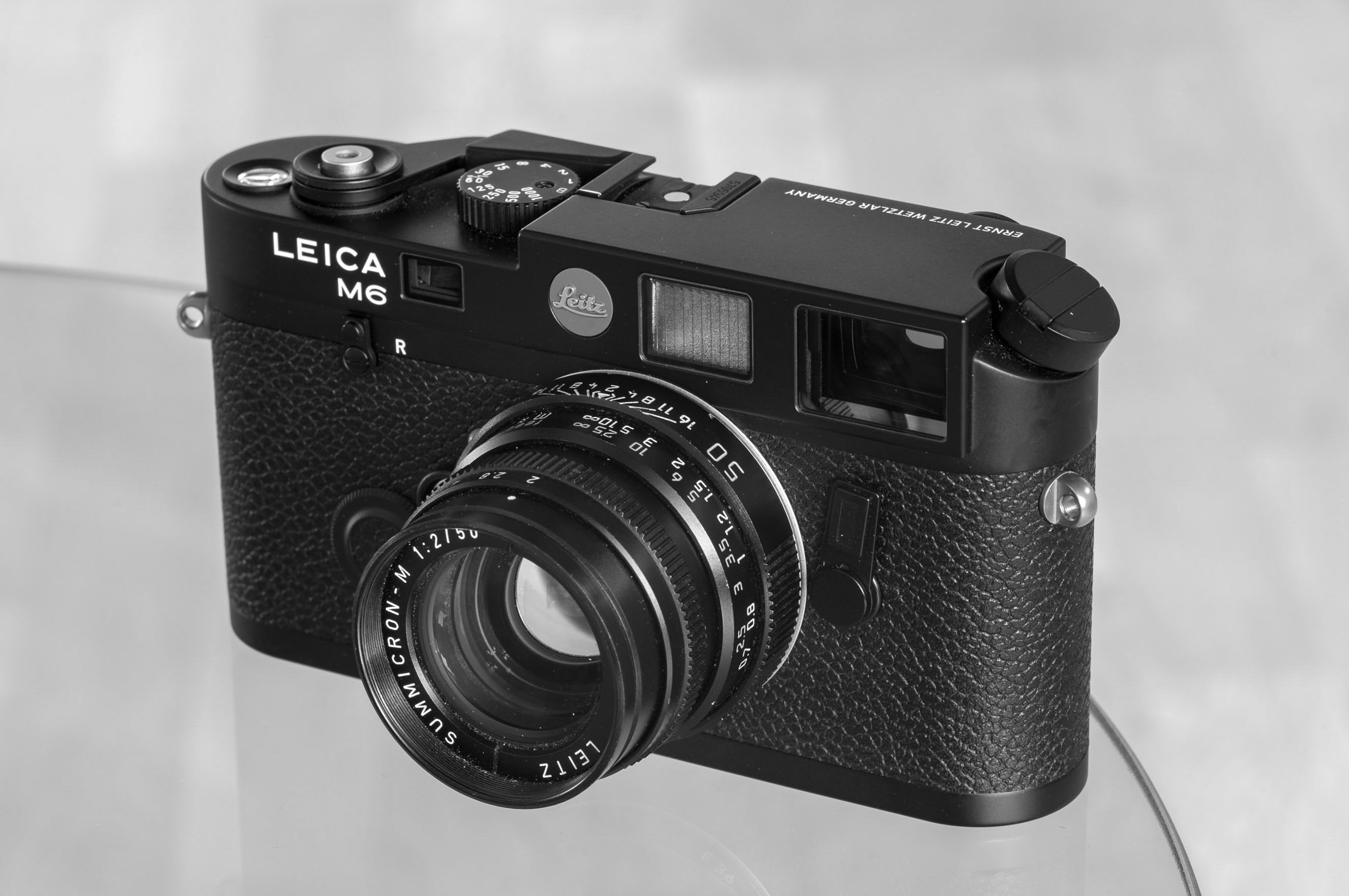
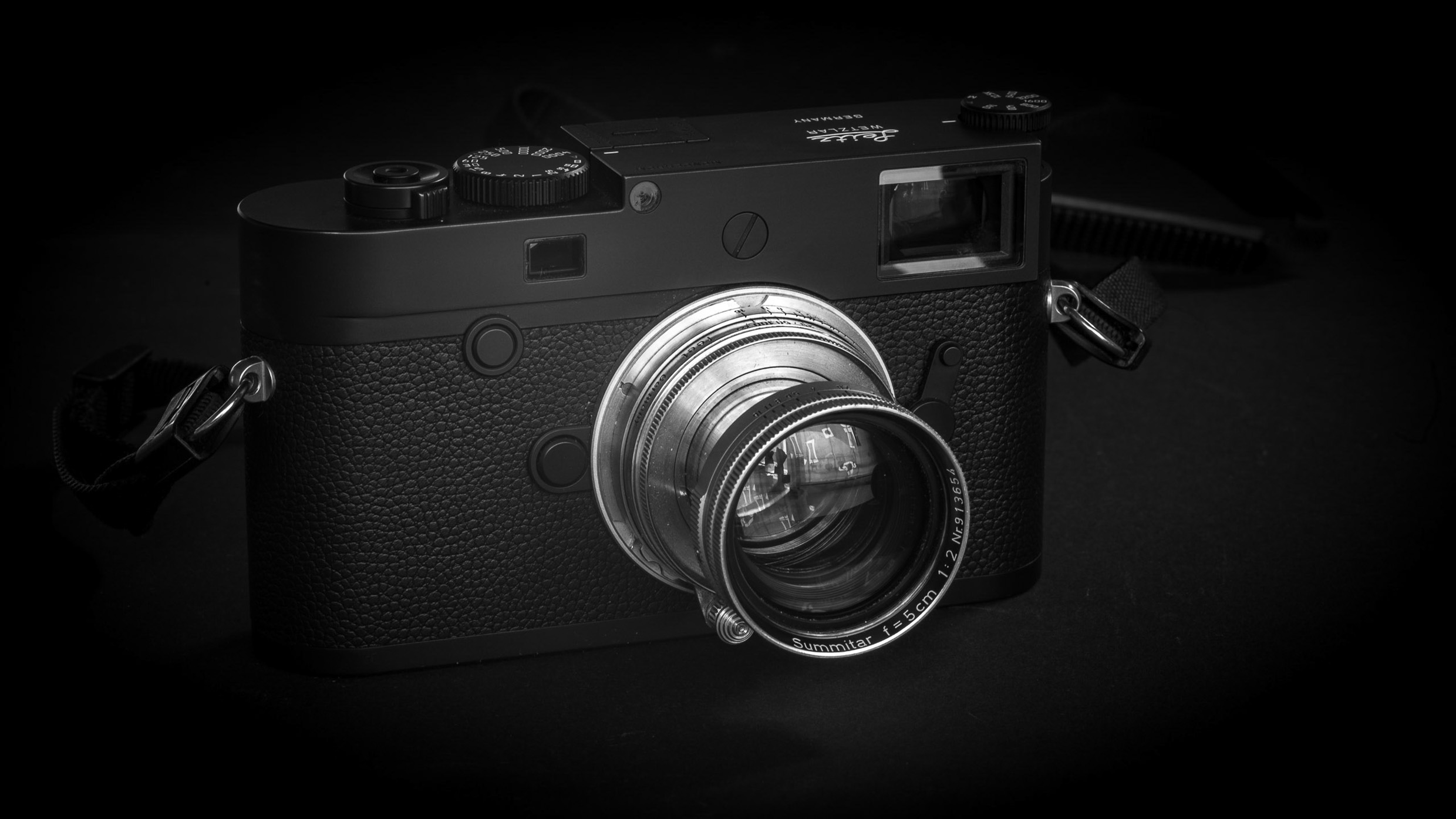
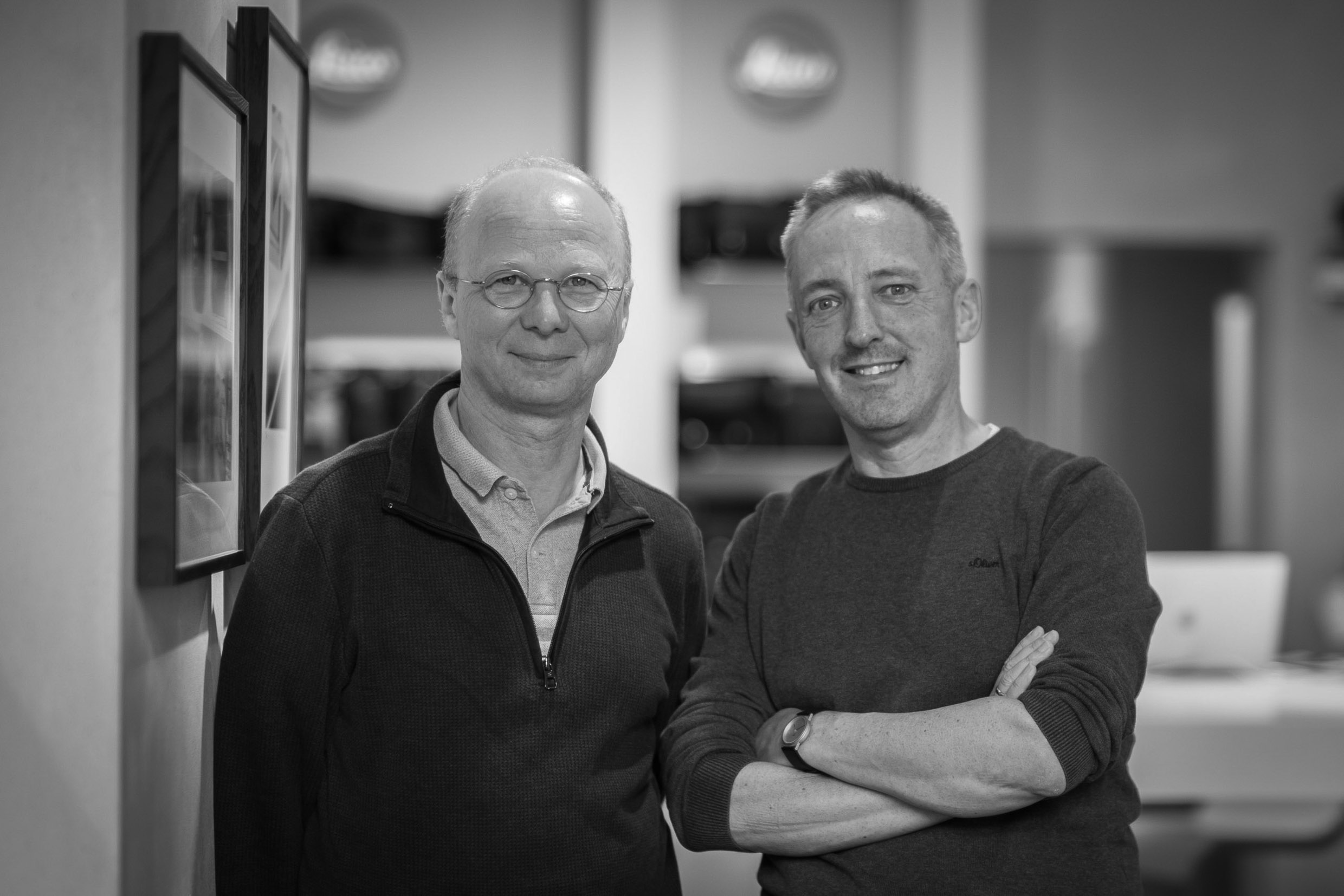
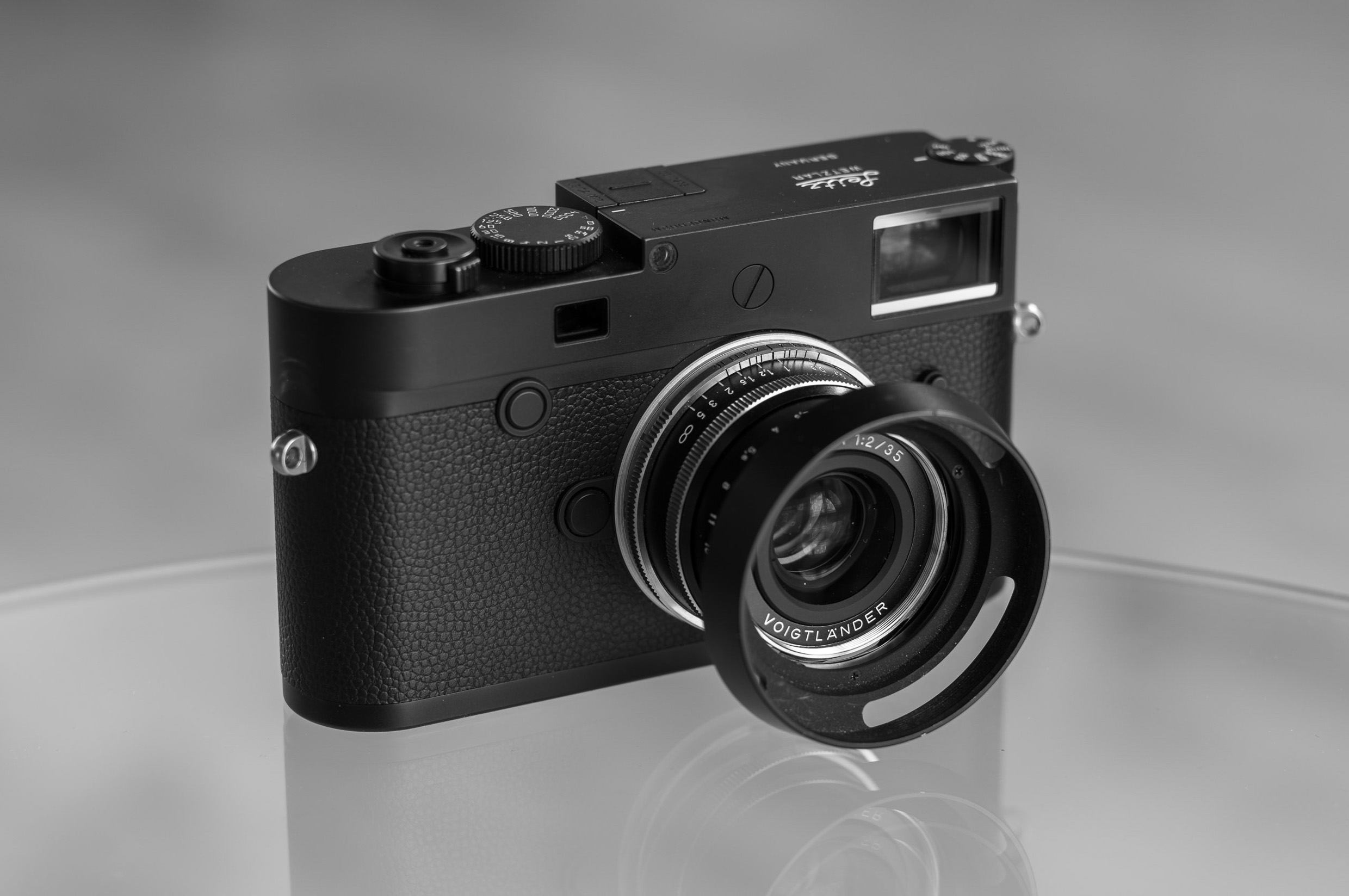
I have a Panasonic Micro 4/3rd GX8, similar shaped like your camera. I have some zoom lenses but shoot 90% with a simple Olympus prime 25/1.8 lens. Walking through a sea of heavy full frame cameras with big lenses, I have to look closer, compose more detailed and be more creative.
Thank you for this article. It seems one’s first Leica awakens something in our subconscious… perhaps some contact with the world of ideal forms!
I also appreciate the link to Messucherwelt — it’s an enormous undertaking; I believe I will enjoy many an evening exploring the ‘world’. That said — it’s going on 50 years since I spent my summer at Heidelberg, and even then my German was ‘sehr schlecht’!
Dear Kathy,
Indeed, the subconscious plays a role. I’ve heard a similar story to mine a few times.
Your time in Heidelberg was certainly a memorable experience, but no one would expect you to learn German ‘just like that’. Especially since the dialect spoken in that area is anything but ‘Standard German’…
The ‘Messsucherwelt’ is often visited by readers who don’t speak German. I think most of them use Google Translate, for example, although of course sometimes puns or very colloquial expressions are lost in translation.
Best, Claus
And, I might add, Claus is very adept with puns and colloquial expressions, most of which are lost on Google Translate…
Thanks for the encouragement.
My degree program required students to be able to read research in an important language– German, French or Russian. As I would be reading, I foolishly decided that I didn’t need to learn to deal with the umlaut.
Shopkeepers in Heidelberg were very understanding, as well as amused: they knew what I was ordering, but insisted I pronounce it correctly. Always with a smile!
Browsing Messucherwelt, I can get a general idea of what’s being said, though, as Mike points out, I’ll miss the subtleties.
Still, I think the website will be a valuable resource, and simply fun to browse!